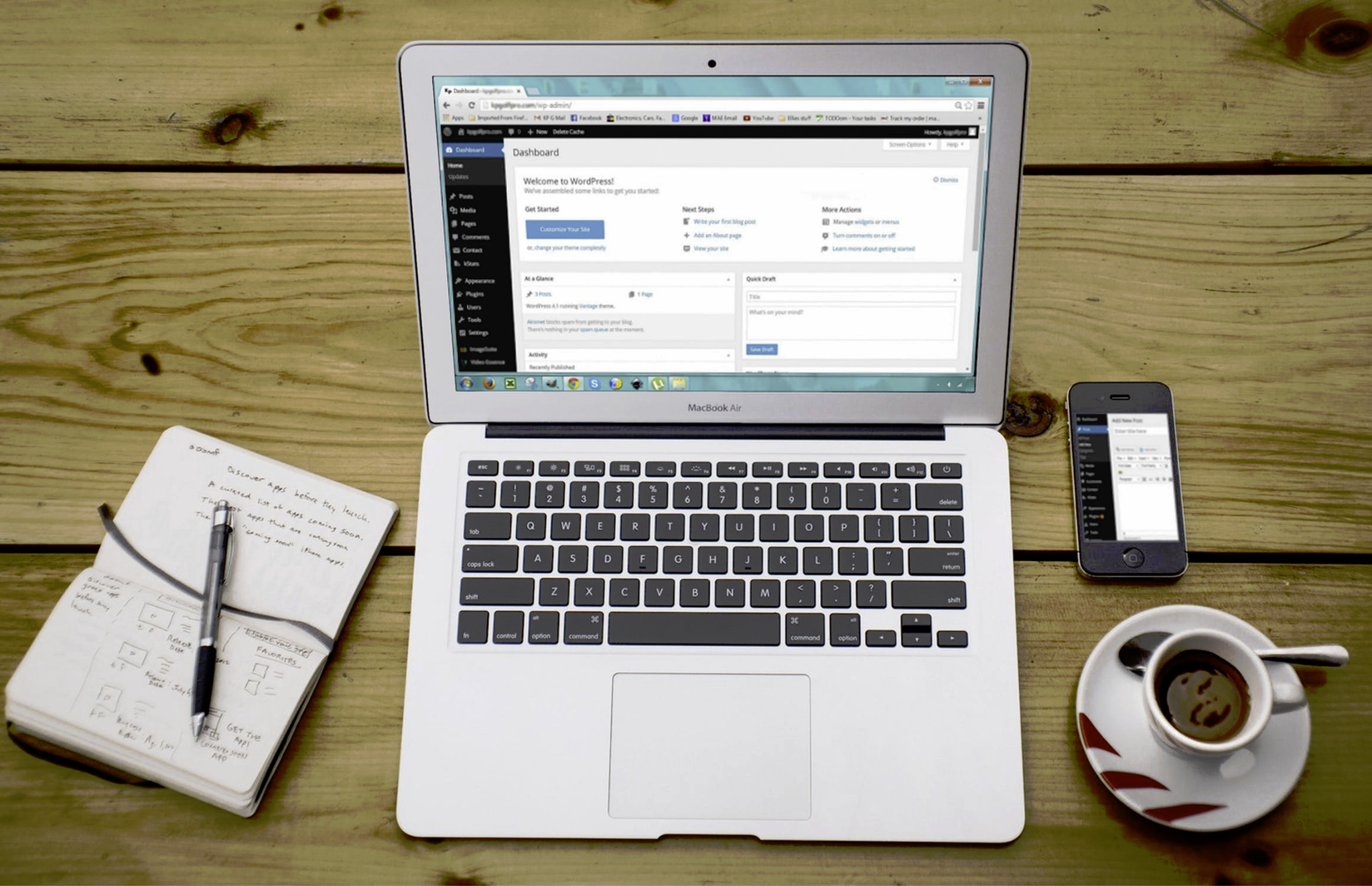Site security is crucial, and WordPress offers a range of features and add-ons which can improve the levels of protection you and your visitors are afforded, while also streamlining performance and reducing incidents of unplanned downtime.
Let’s go over the most important facets of this popular platform from a security perspective, so that you don’t have to cut corners or take unnecessary risks in the running of your site.
A multitude of plugins to choose between
There are lots of plugins for WordPress which are made with the express intention of preventing breaches and deflecting other types of malicious interventions.
The main choice you have in this regard is whether you opt for a free security plugin, or one which requires payment to unlock its true potential.
Among the free-to-use plugins, one of the current frontrunners is BulletProof Security. It lacks the polish of its premium competitors, but it benefits from coming with a malware scanner, as well as the ability to create a backup of your database in a manner of your choosing.
Of course this is no substitute for having always on SQL Server monitoring in place, as you might on a more complex infrastructure with a larger budget at your disposal. But even so it’s nice to know that smaller sites don’t have to do without security measures altogether.
If you don’t mind splashing out on a third party security plugin for WordPress, then the offering from Sucuri will tick all the boxes. Sure, it is not the cheapest solution out there, but it provides a suite of features to deflect all manner of attacks.
From SEO spamming to post-breach repair tools, Sucuri Security is an all-encompassing example of what the wider market has to offer.
Strategies to prevent further exploitation
We’ve talked about holistic security plugins for WordPress, but it’s also a good idea to consider the more specific solutions out there that are made to defend against a particular type of common cyber attack tactic.
A good example of this are the tools which set a cap on the number of login attempts which can be made within a given time period.
This prevents brute force attacks, in which hackers will use software tools to try many password possibilities in an attempt to guess the right combination through sheer statistical inevitability.
Plugins like Login LockDown avoid the issue of WordPress not having a default limit on attempts, instead letting you set whatever cap you feel comfortable with. This could be after three, five or more attempts; the point is that by taking control of this element, you are defanging attackers in a meaningful way.
You should also implement best practices for data security as a matter of urgency, because if weak passwords are being used, then it might not even require a brute force attack to let cybercriminals run riot behind the scenes.
Managing access and user privileges
In terms of the baked-in security tools that WordPress provides to its users, one of the most important relates to how users are managed.
If you are a top-level admin, then you can pick and choose which other users of your site’s backend are able to access which aspects of the site’s underpinnings, as well as the extent to which they can make changes and generally tinker.
Basically, if you aren’t taking user privileges seriously and you give everyone free reign to edit and administrate the site as they see fit, there will be more chance of someone overstepping the mark, or having their account compromised, which in turn creates a domino effect of data theft.
So there you have it; ideas for, as well as the impetus to, improve WordPress site security rather than leaving yourself vulnerable!
















